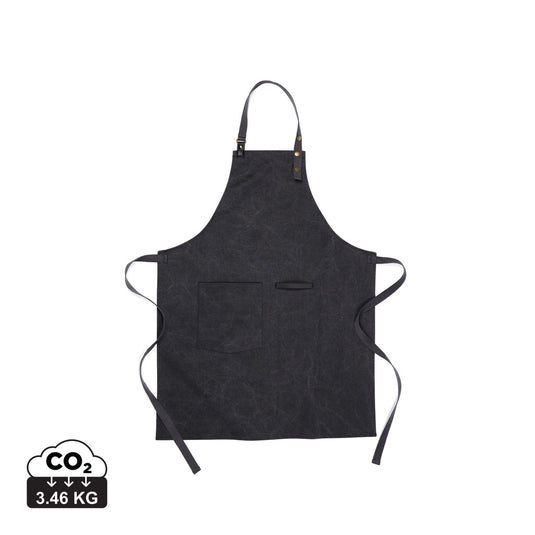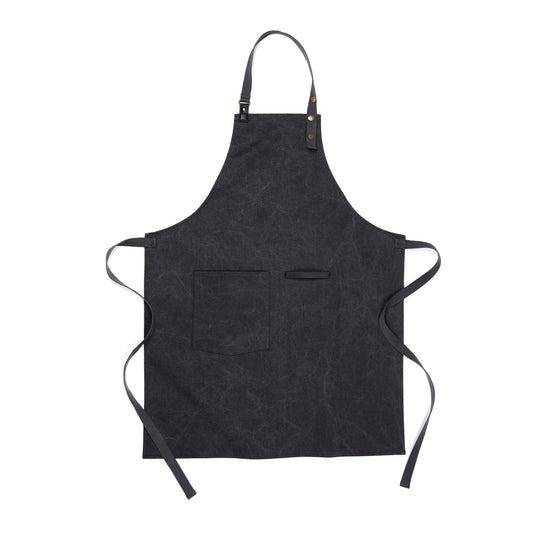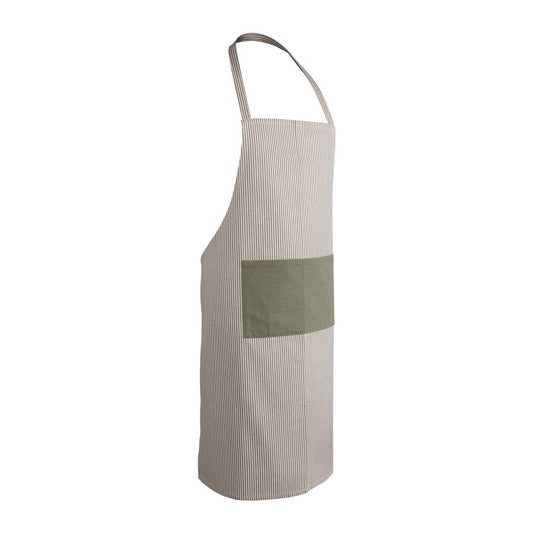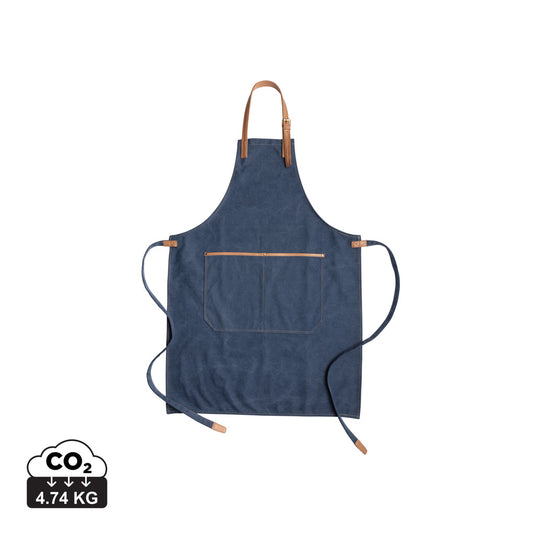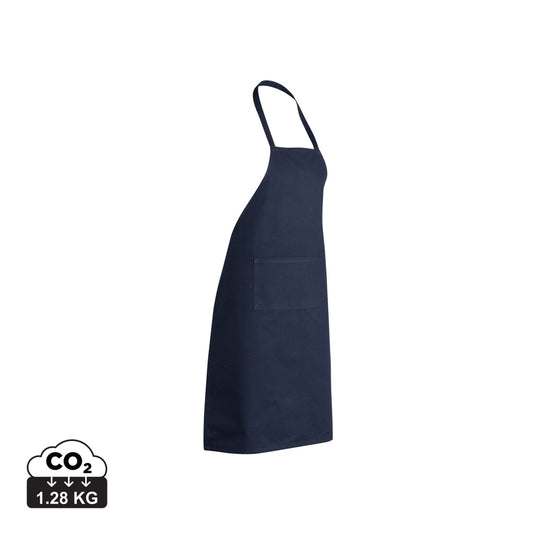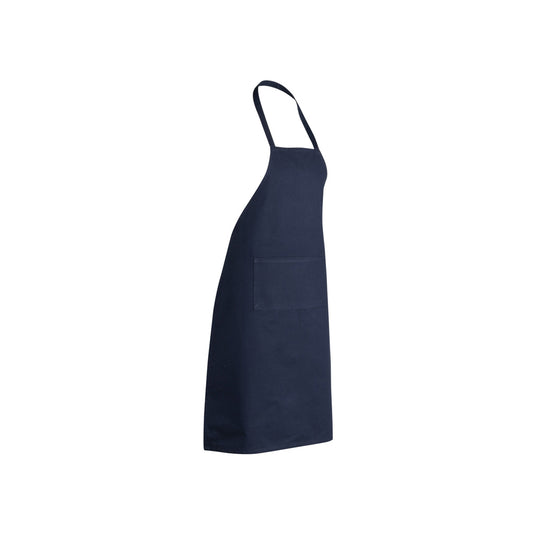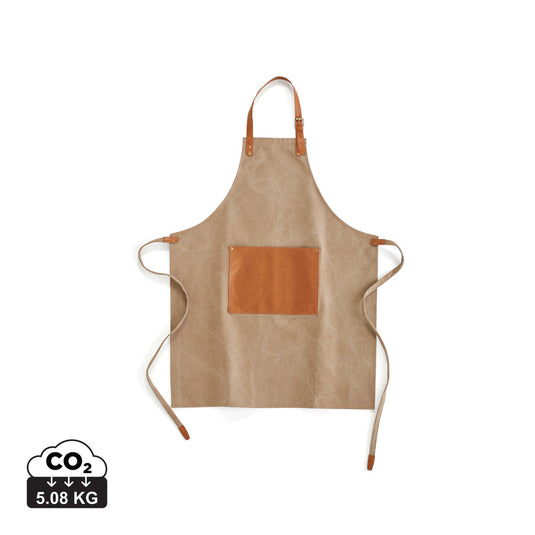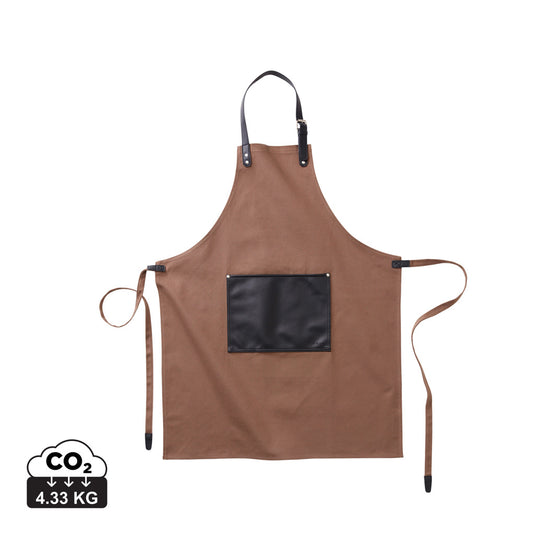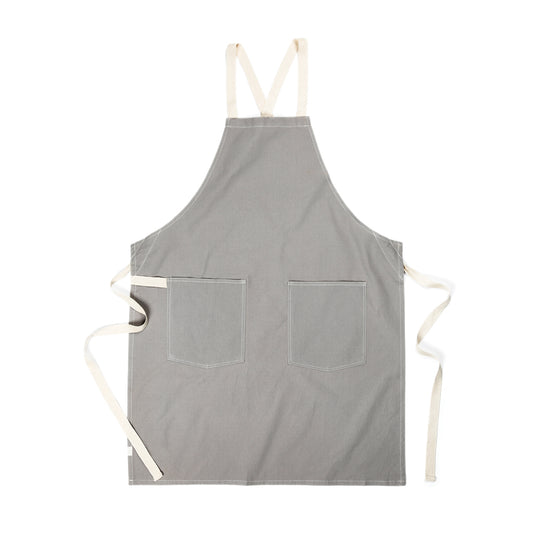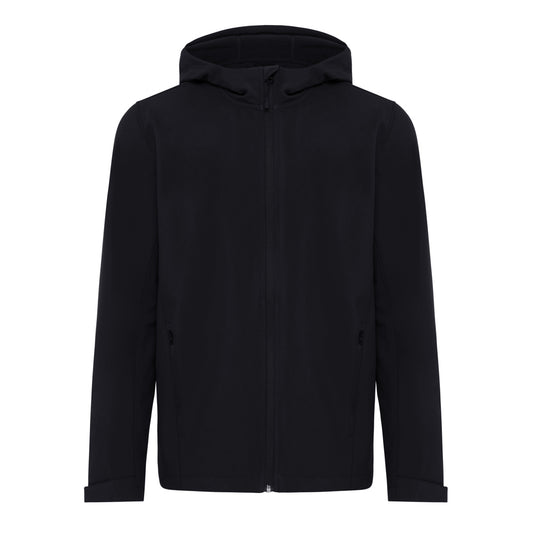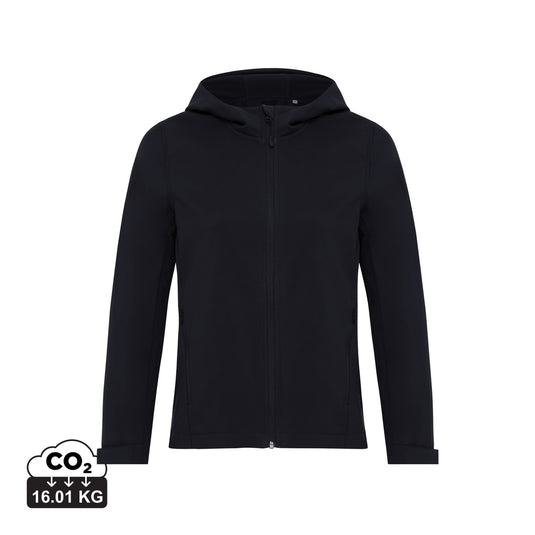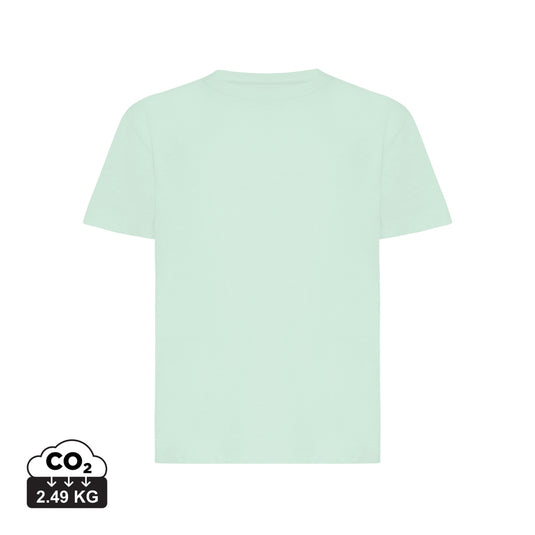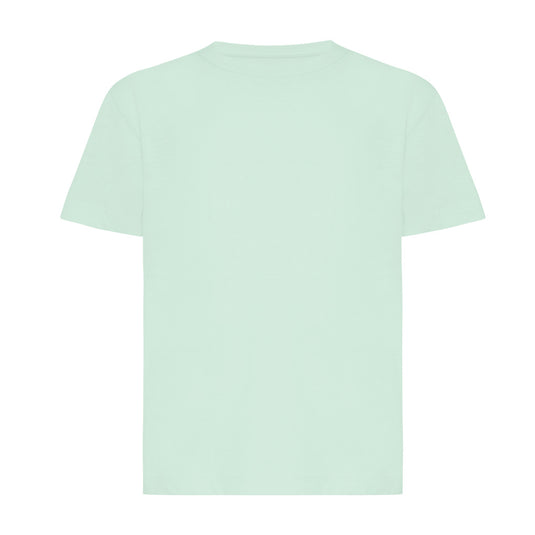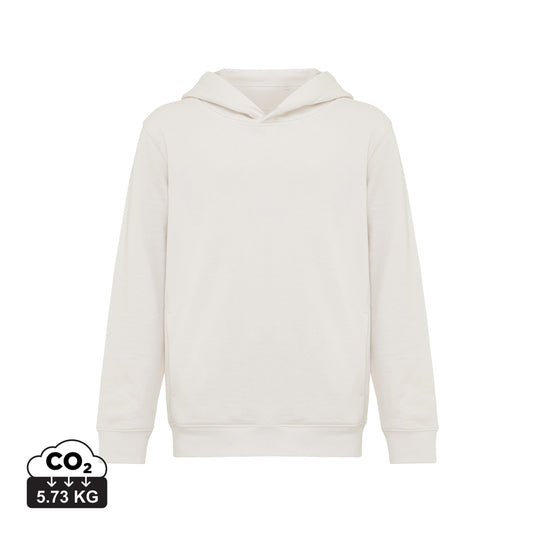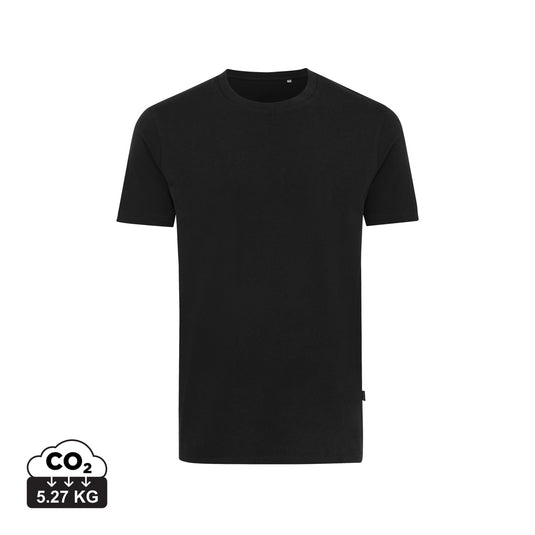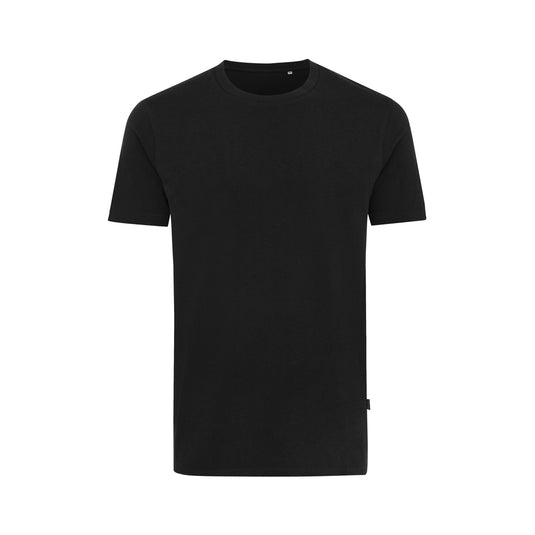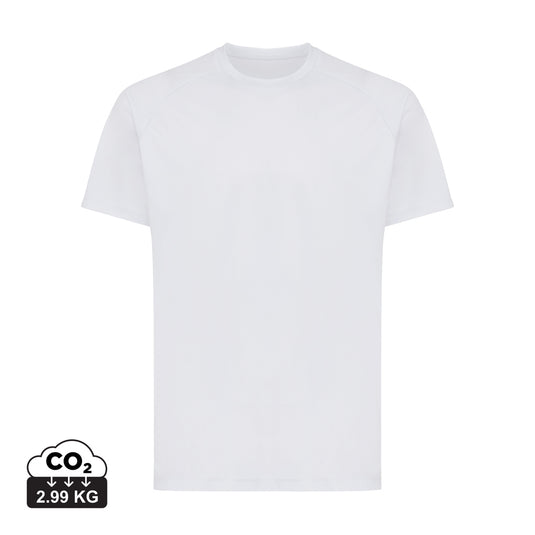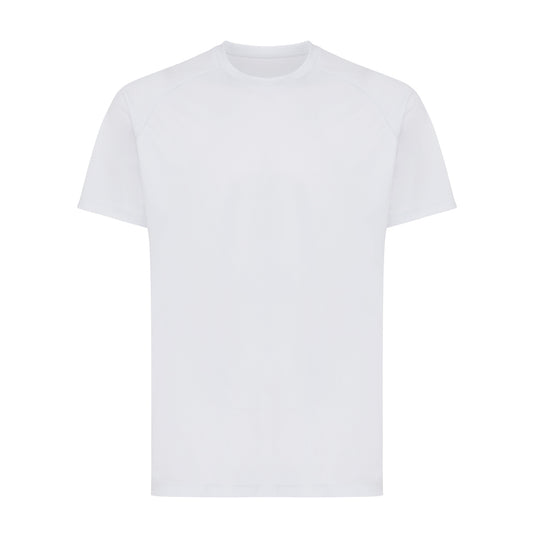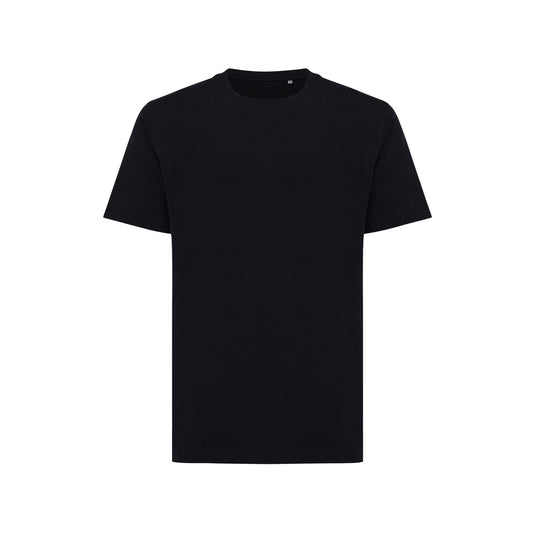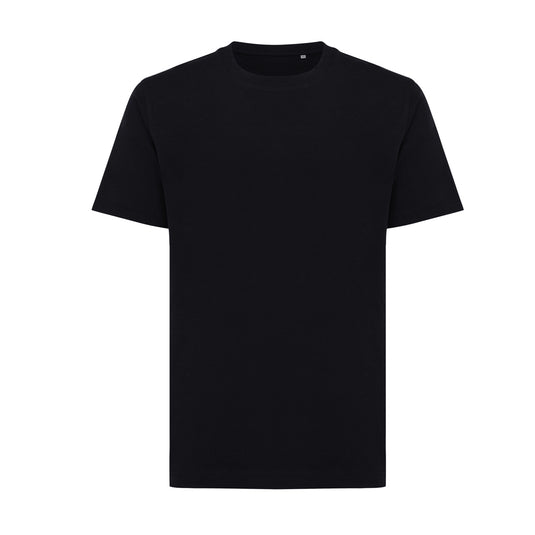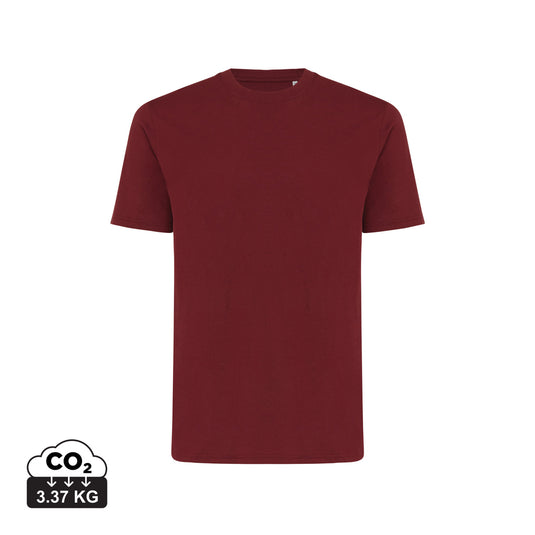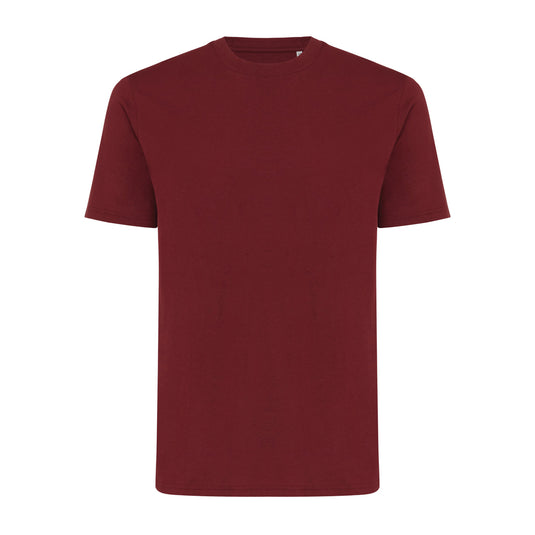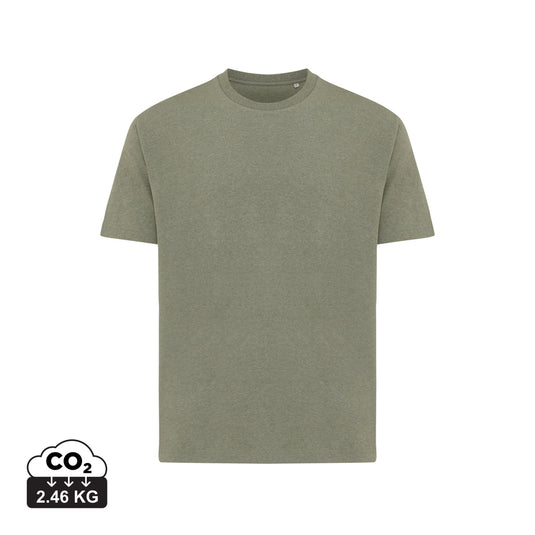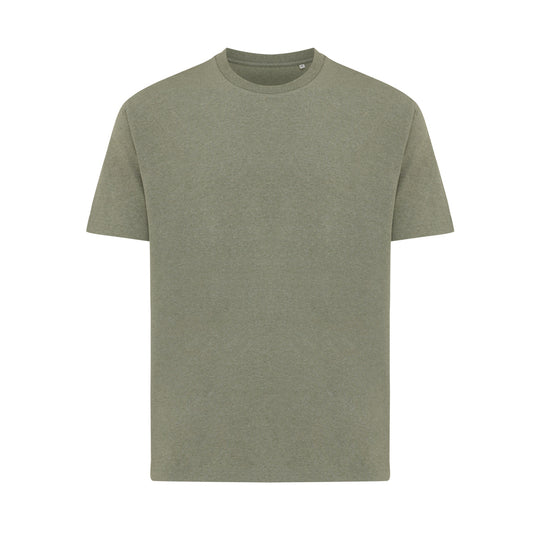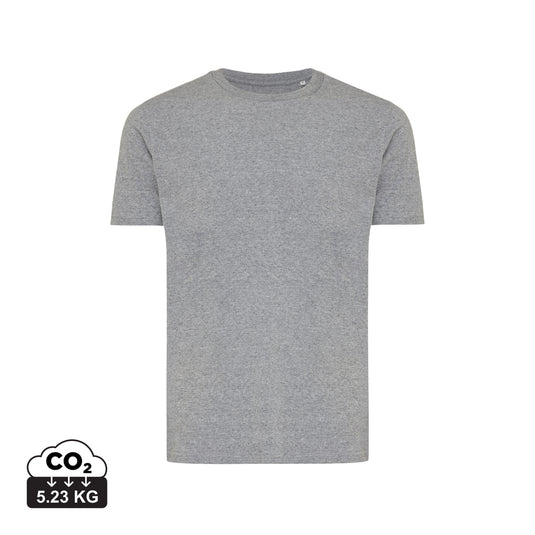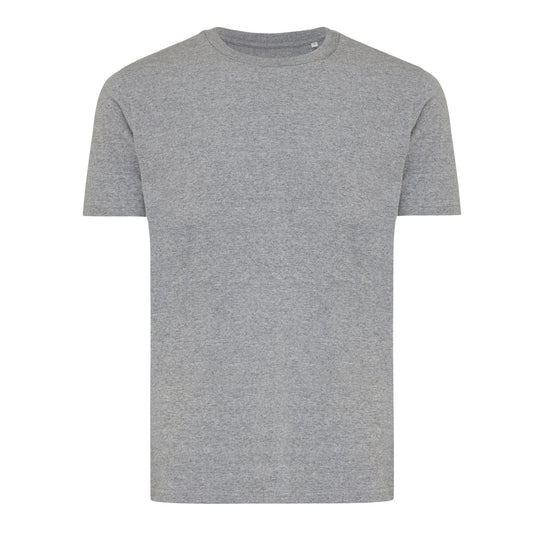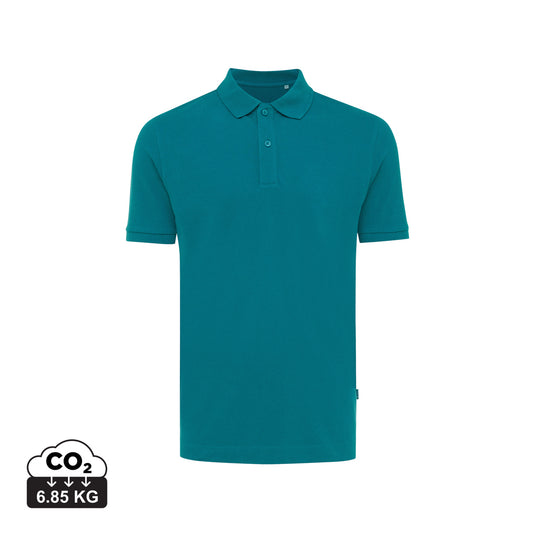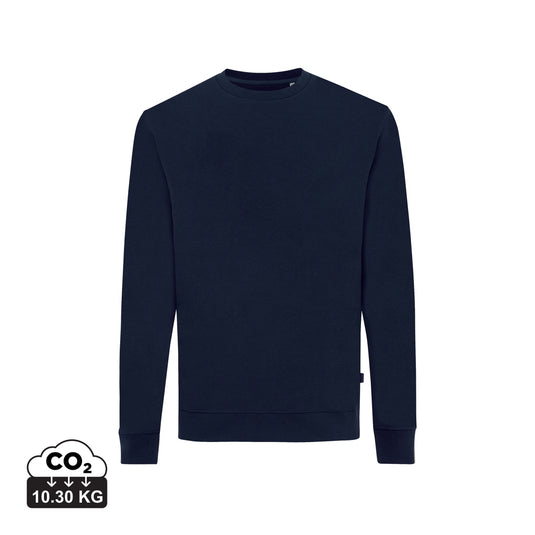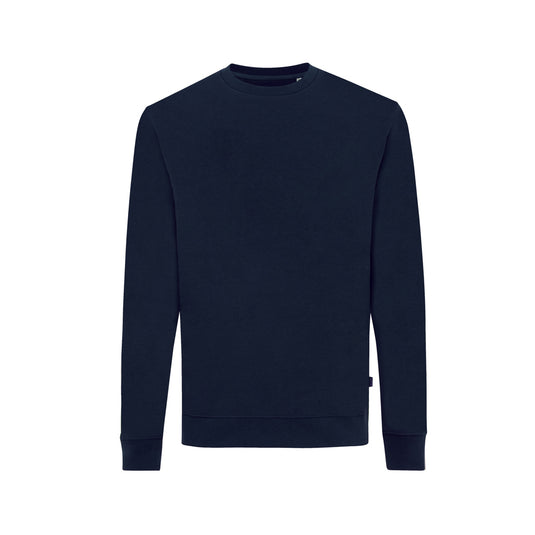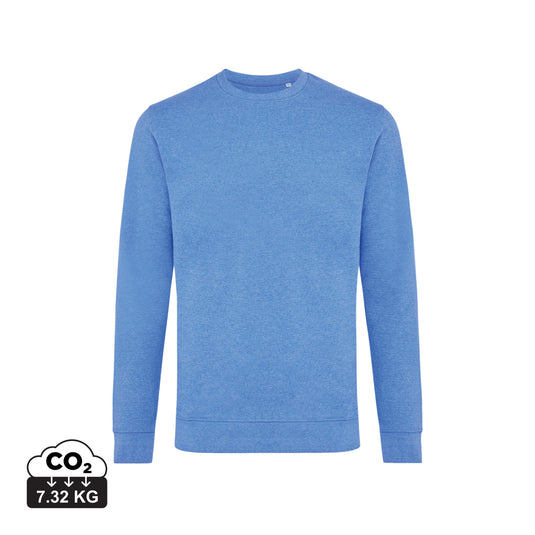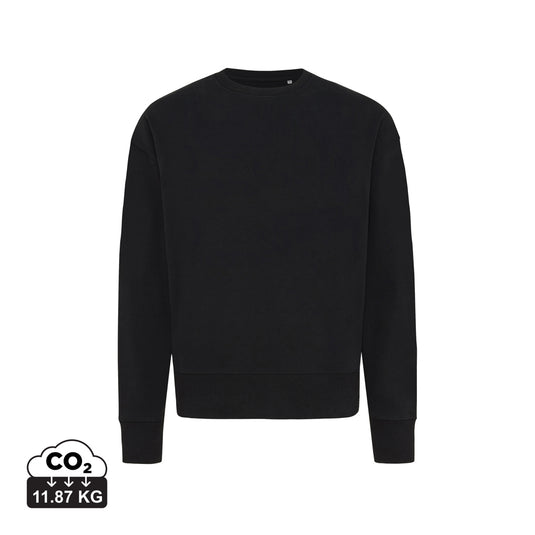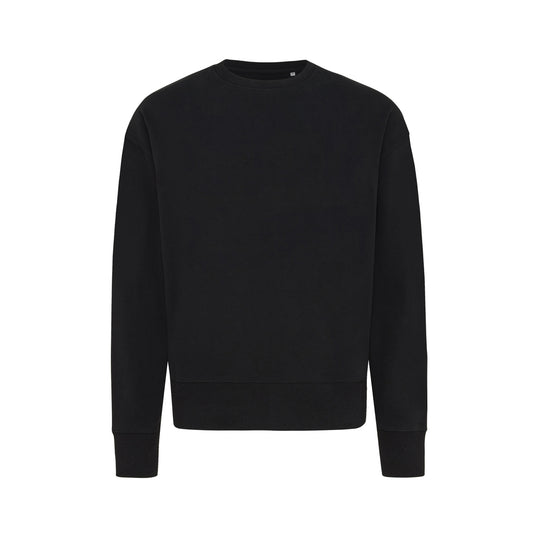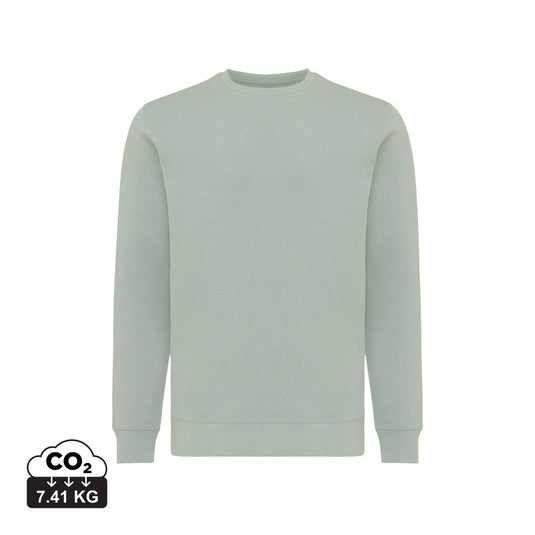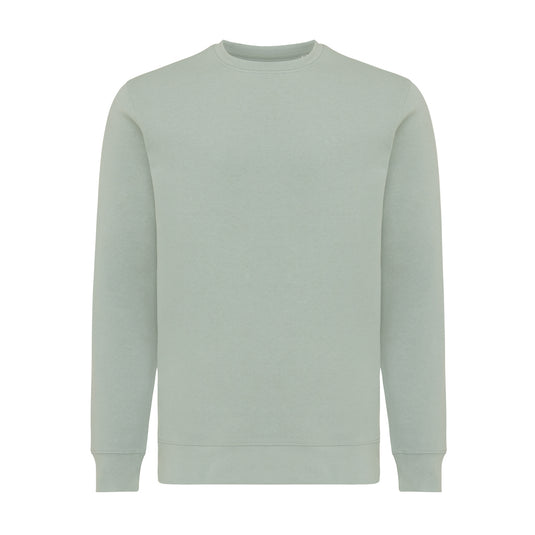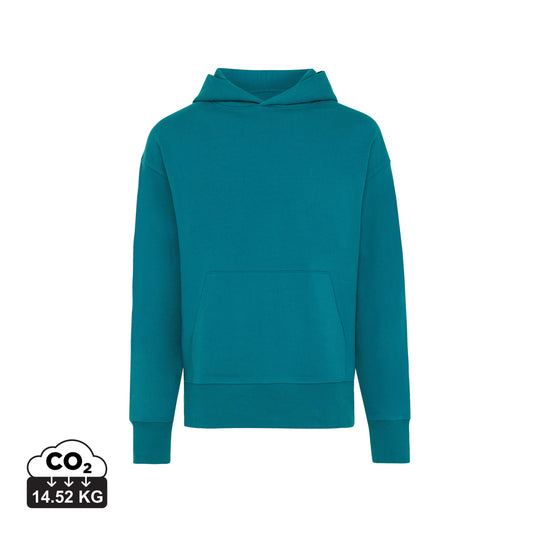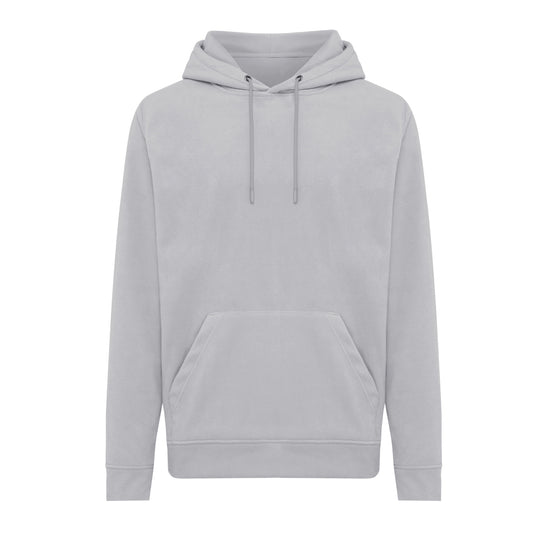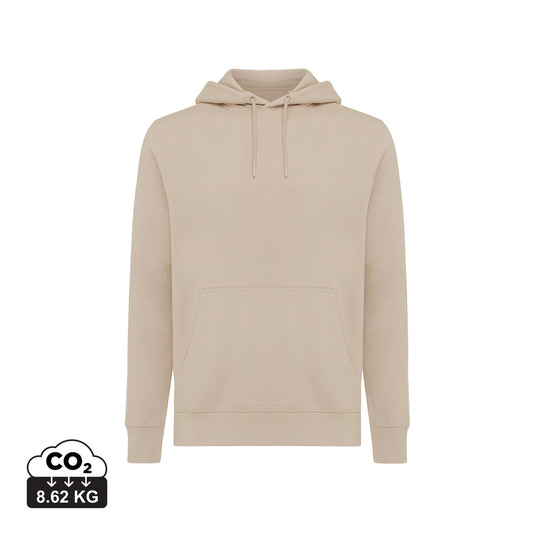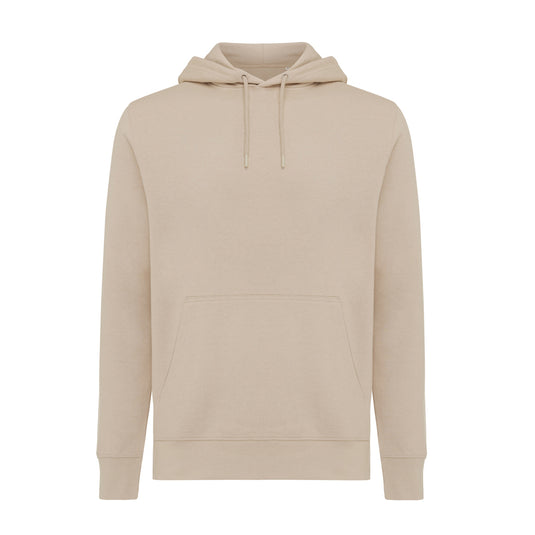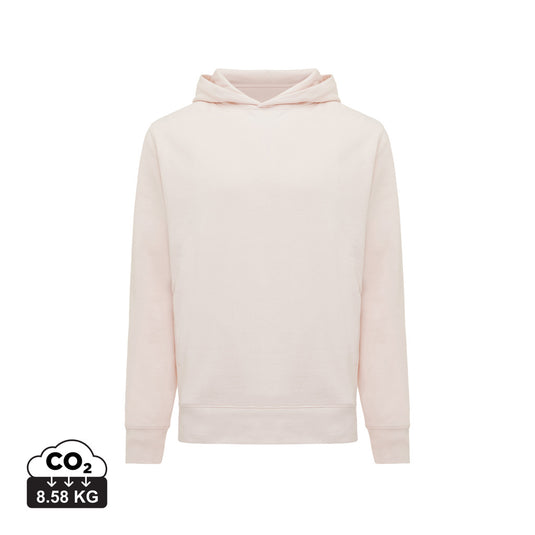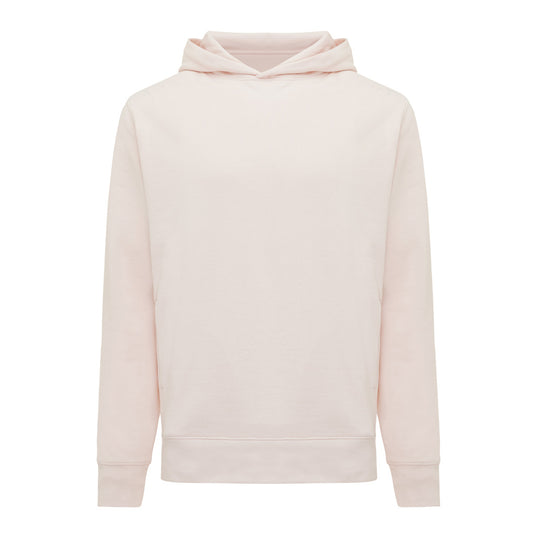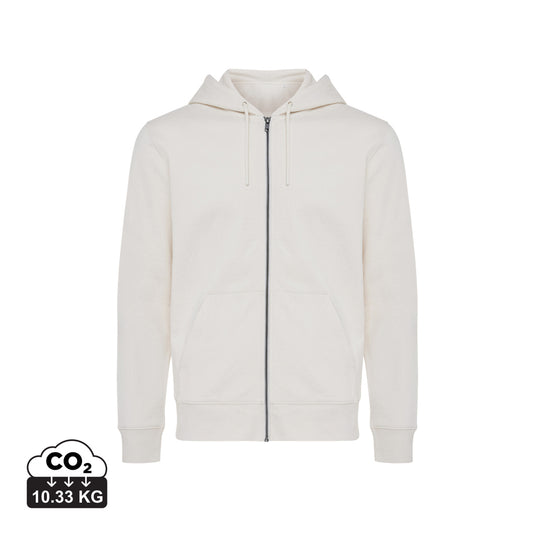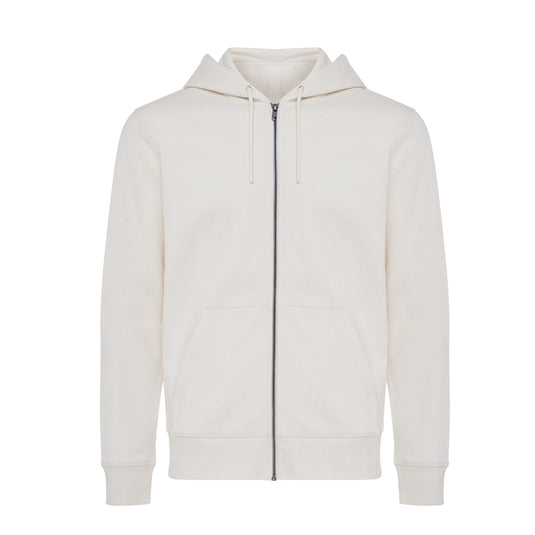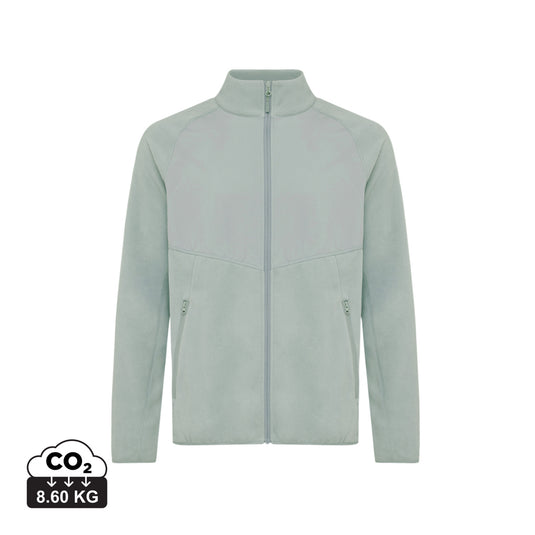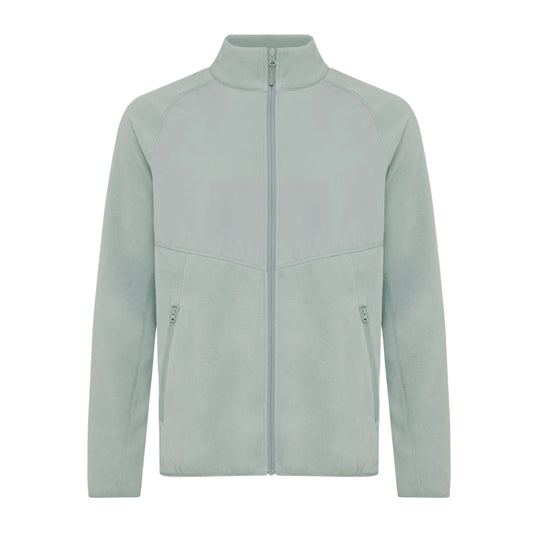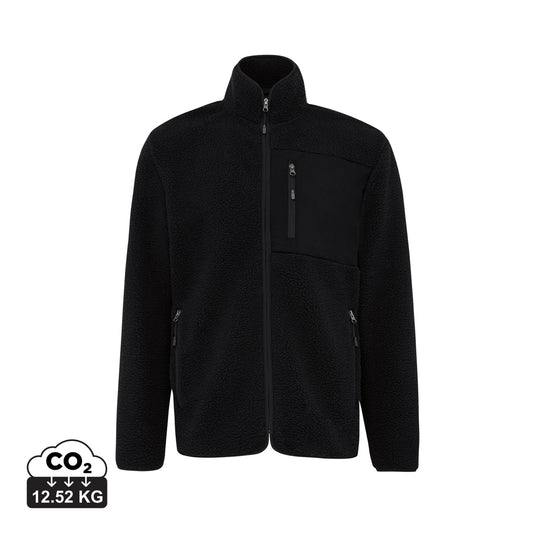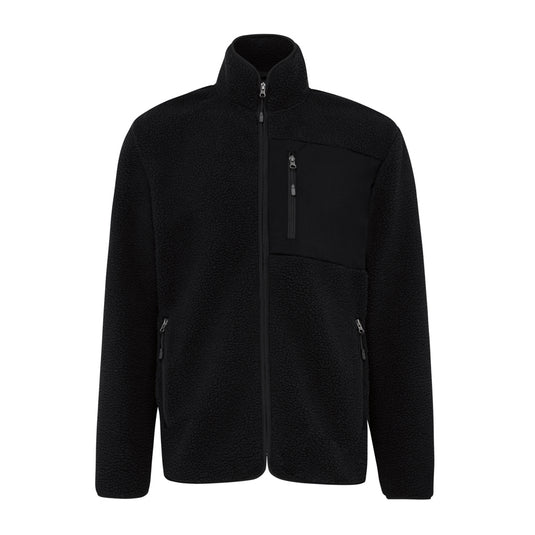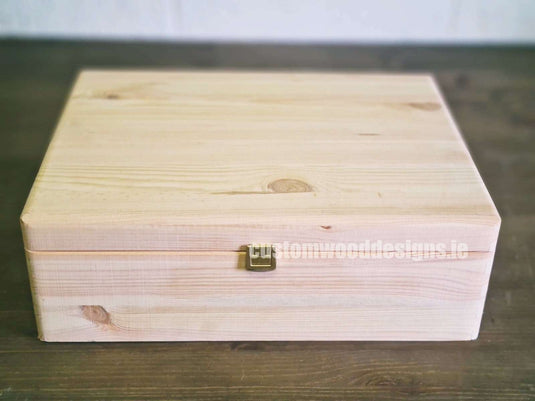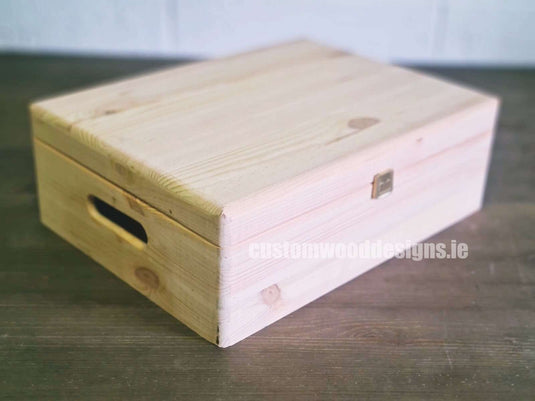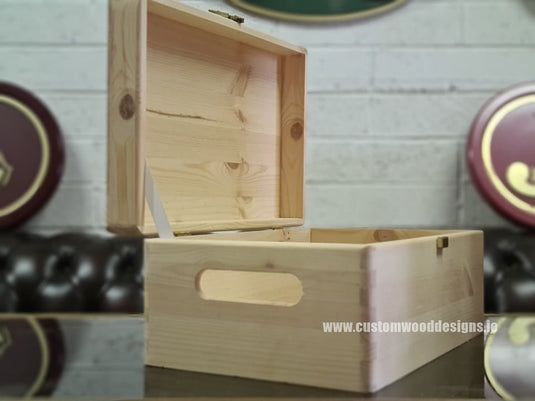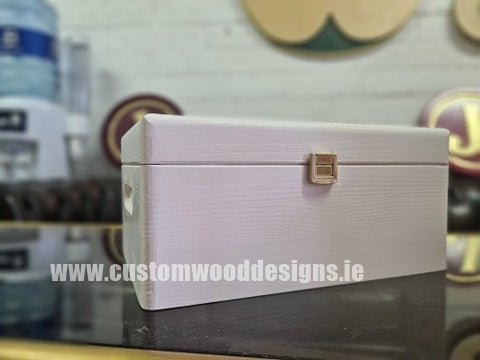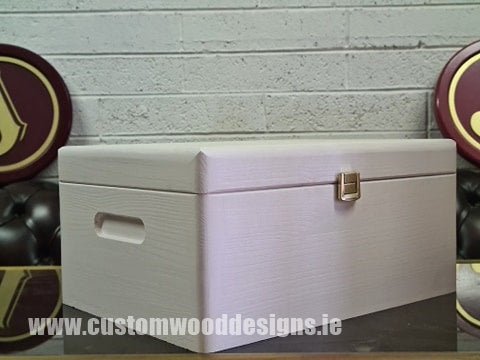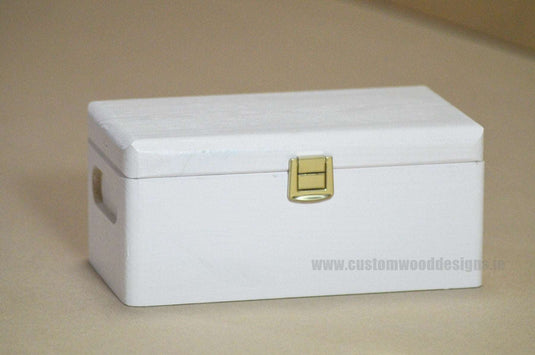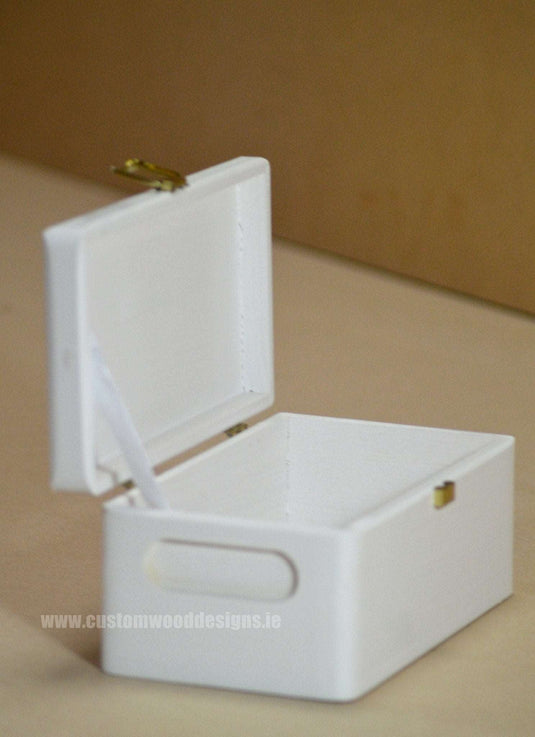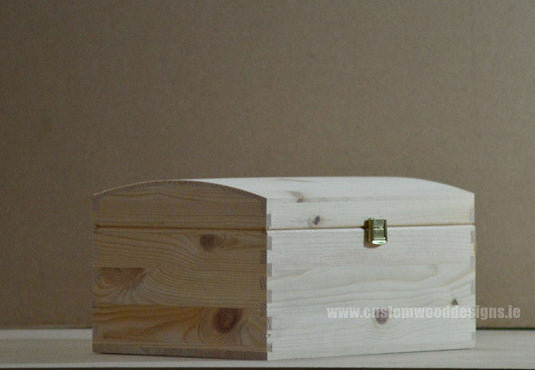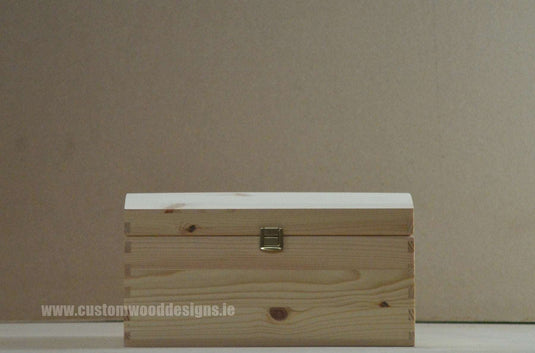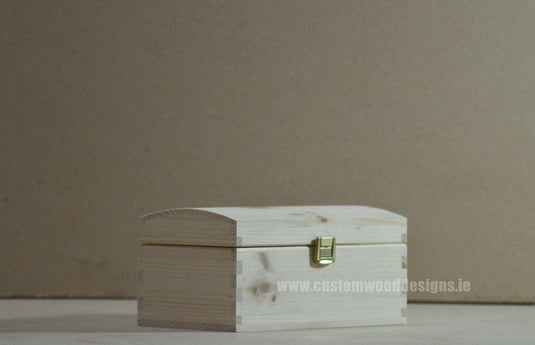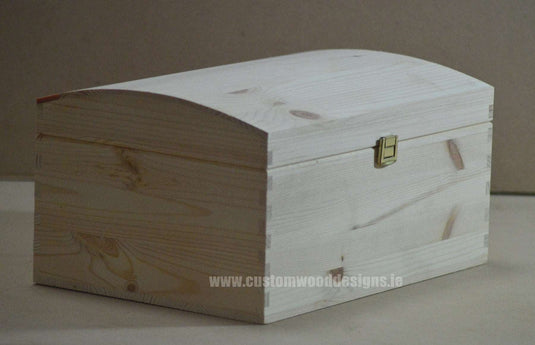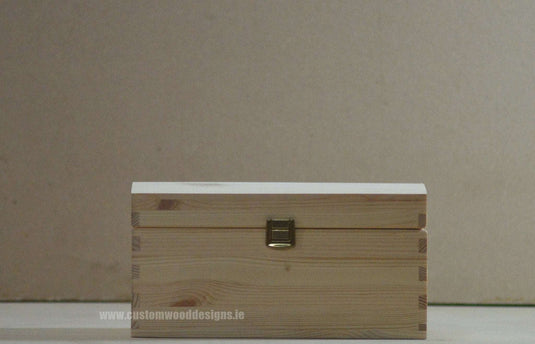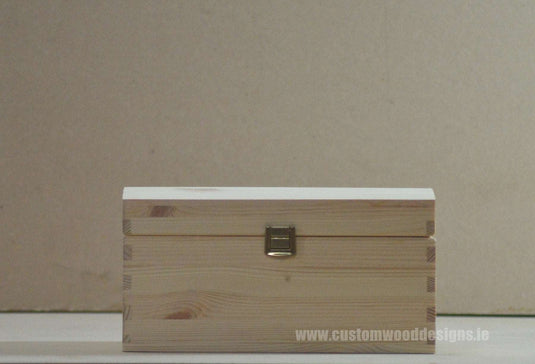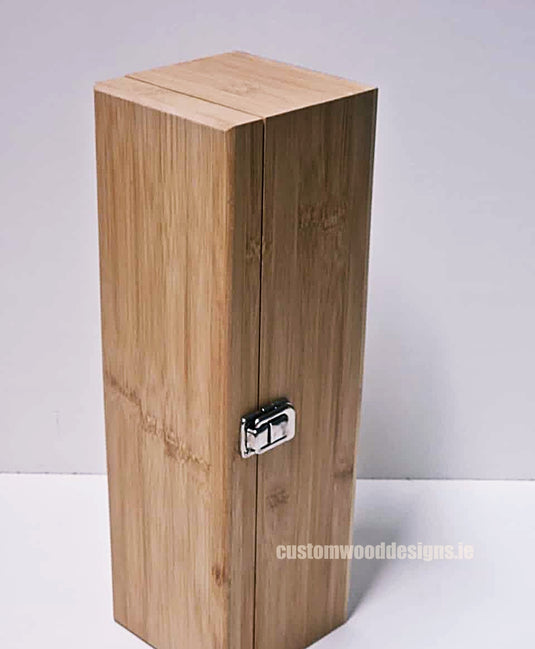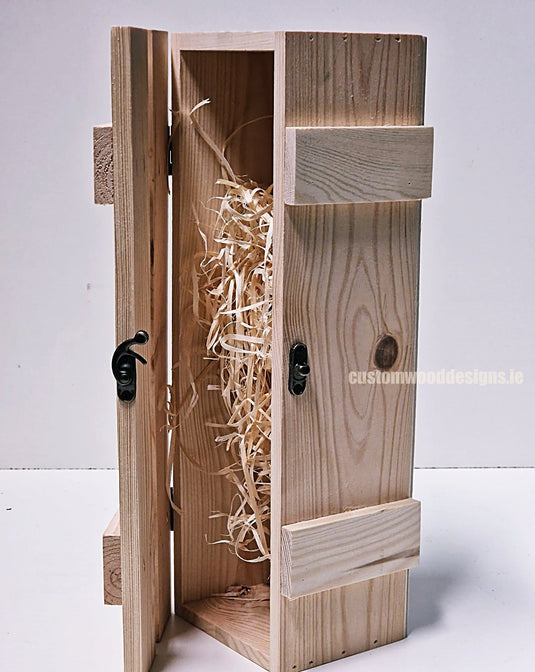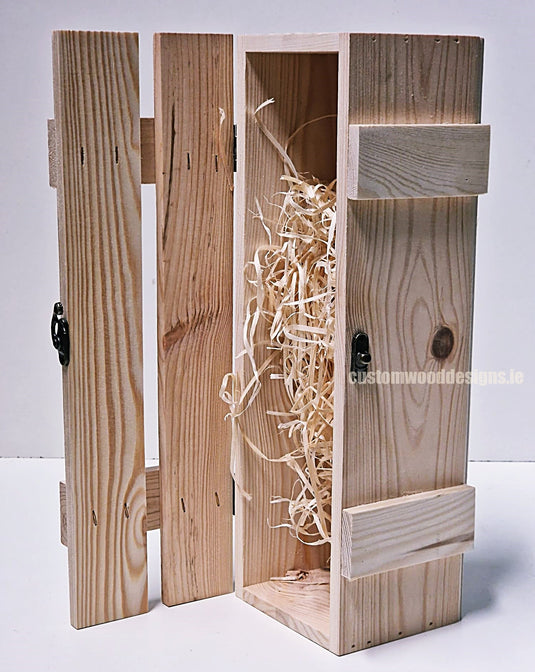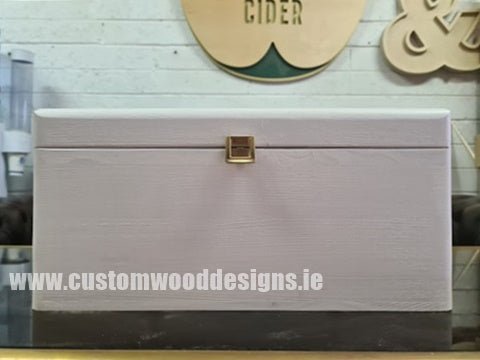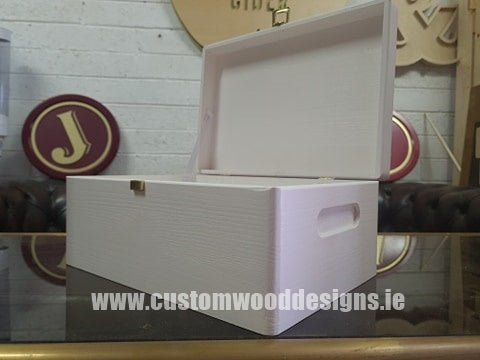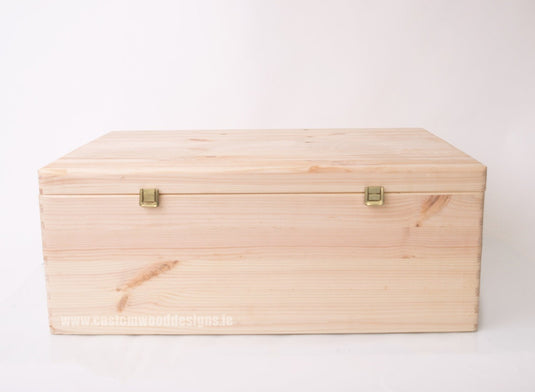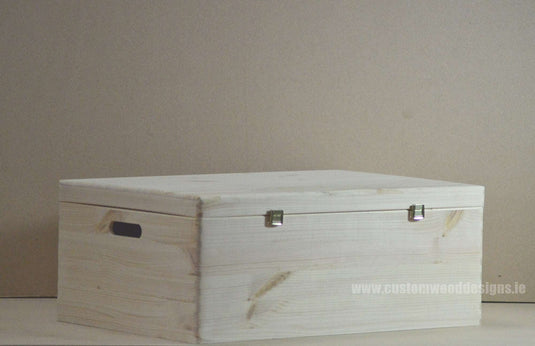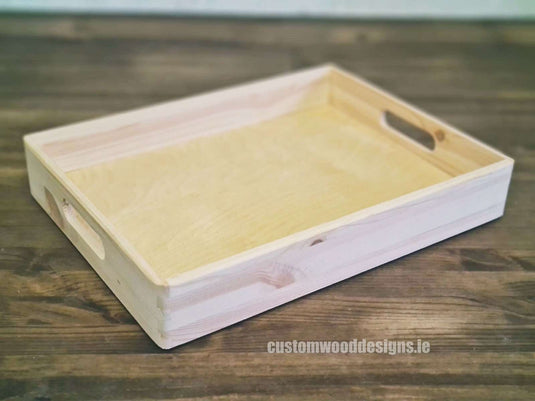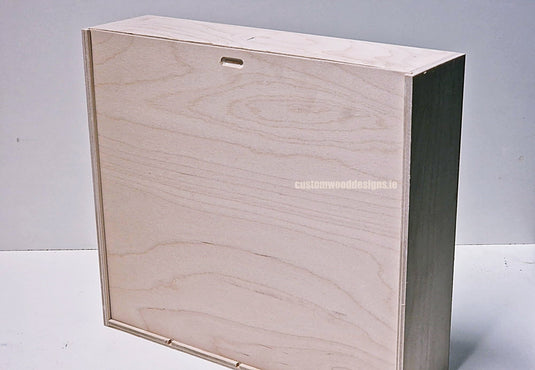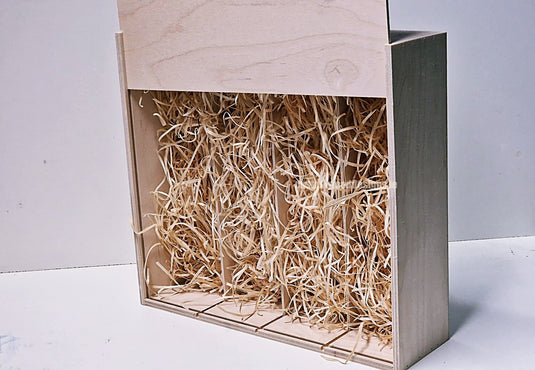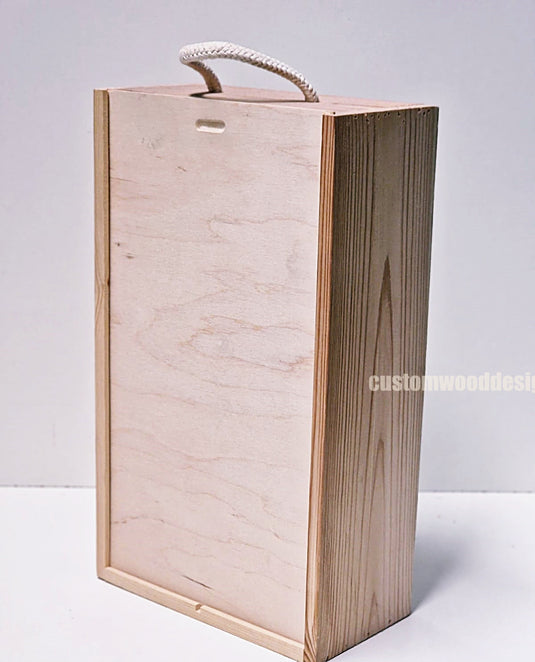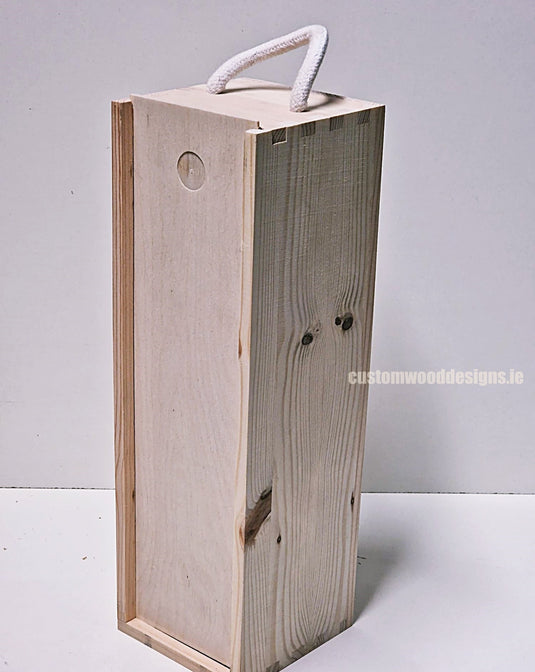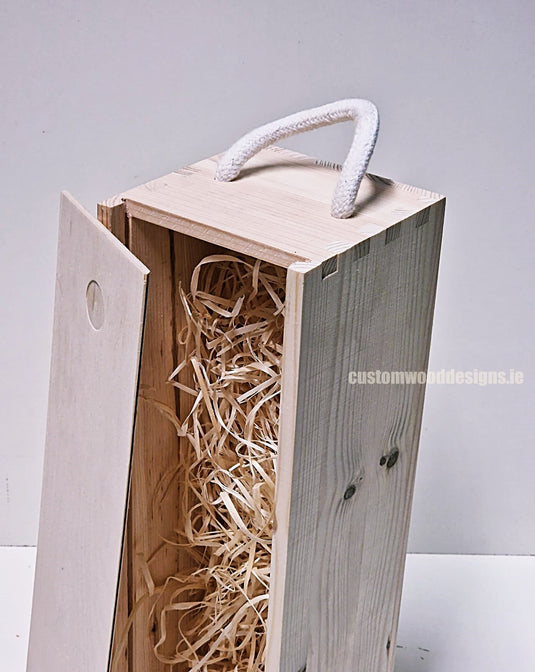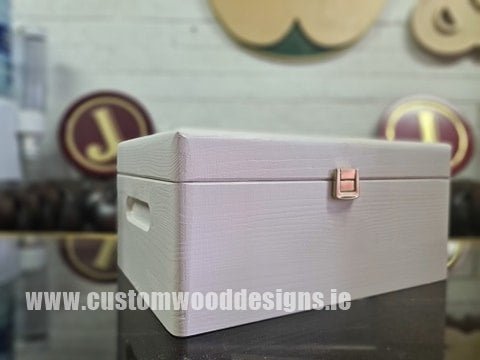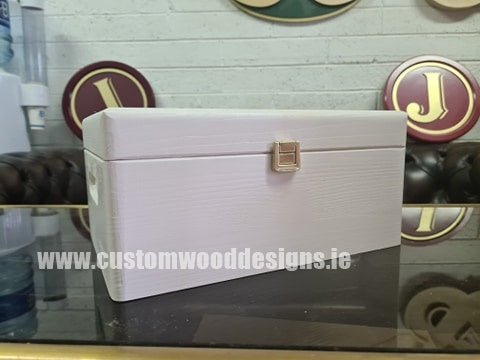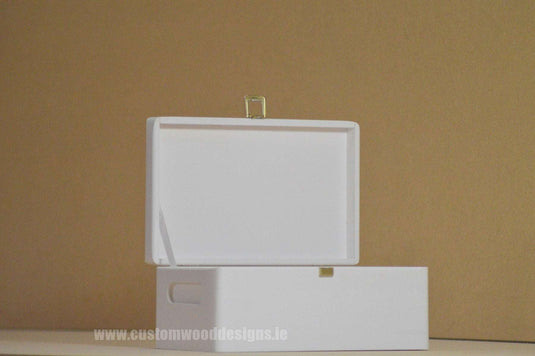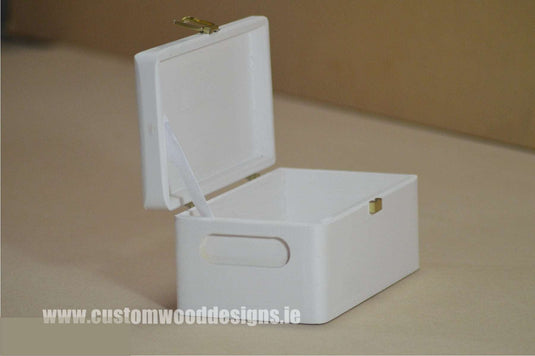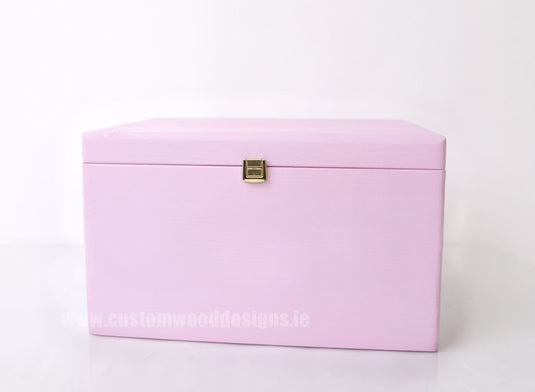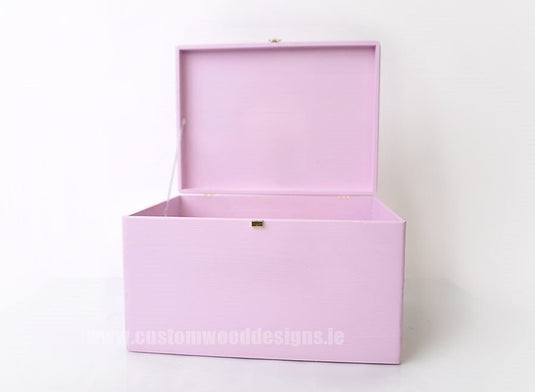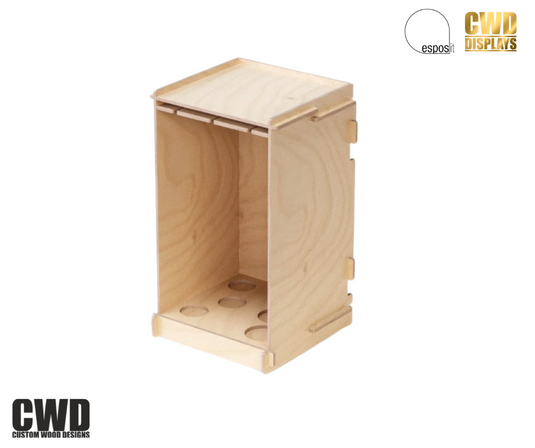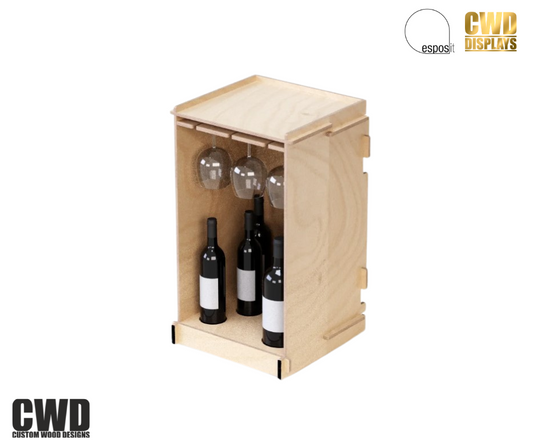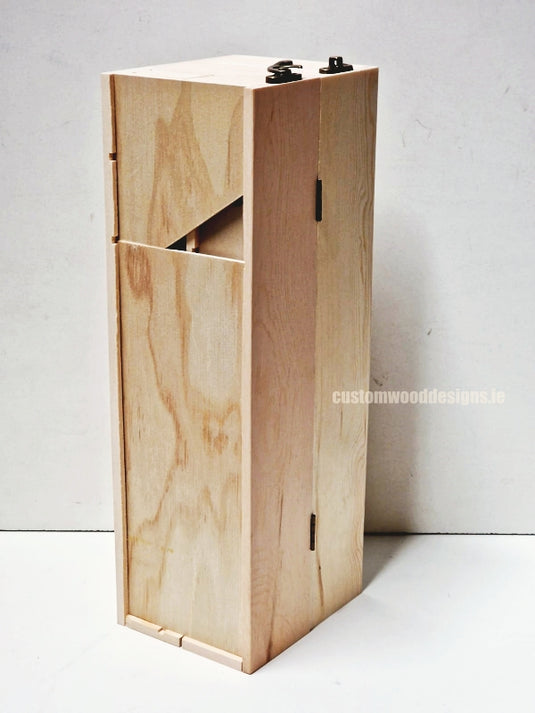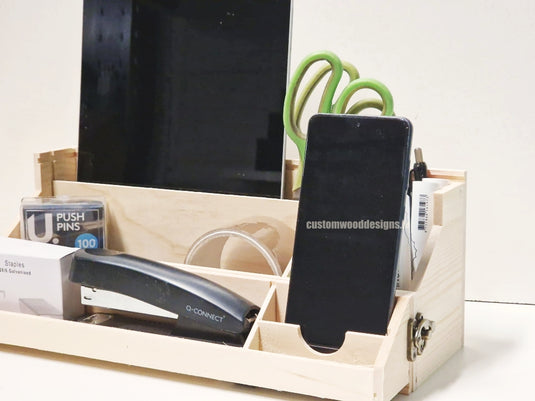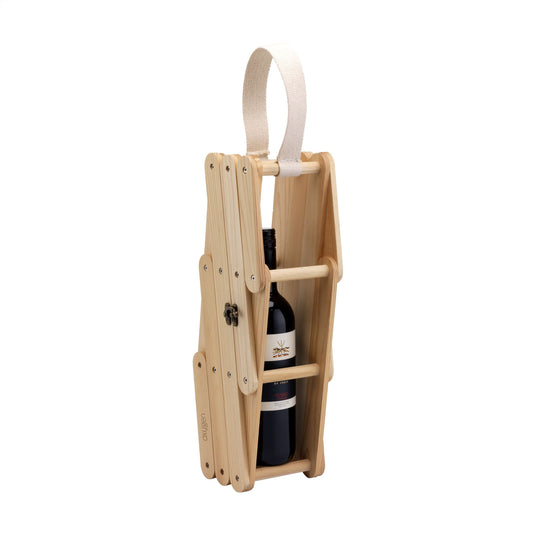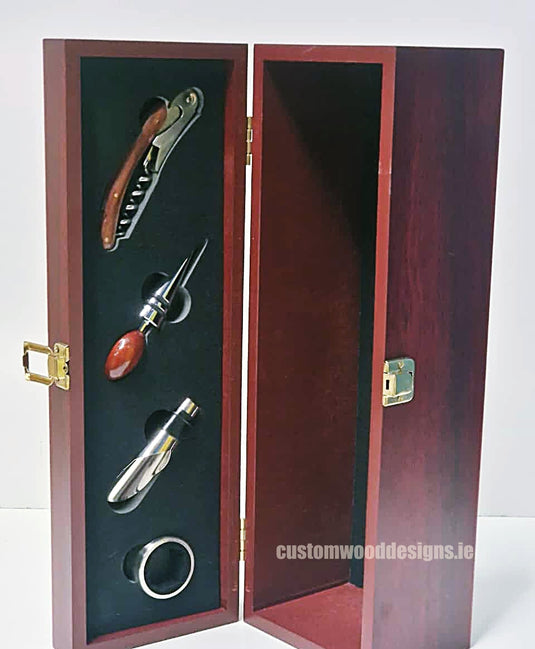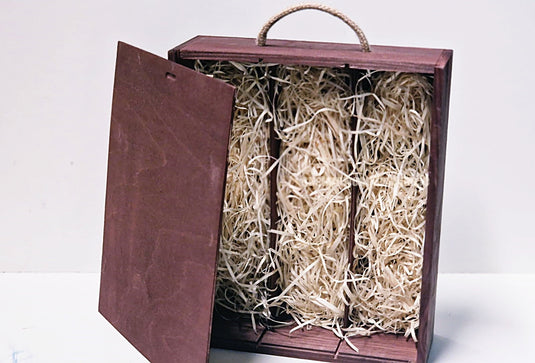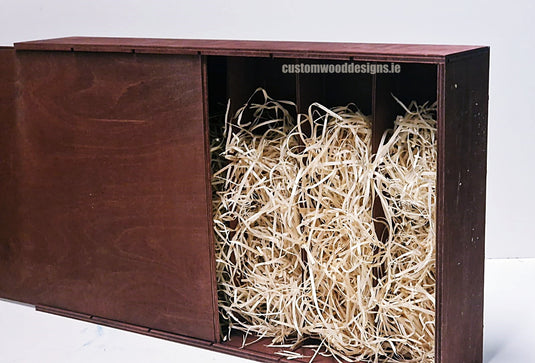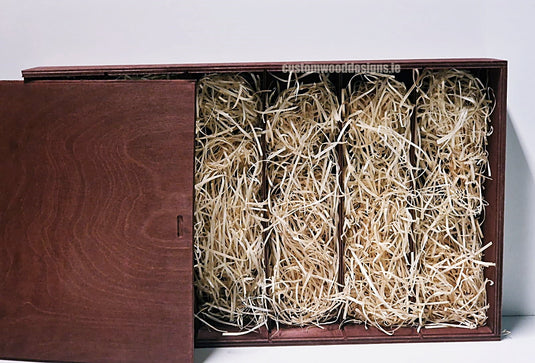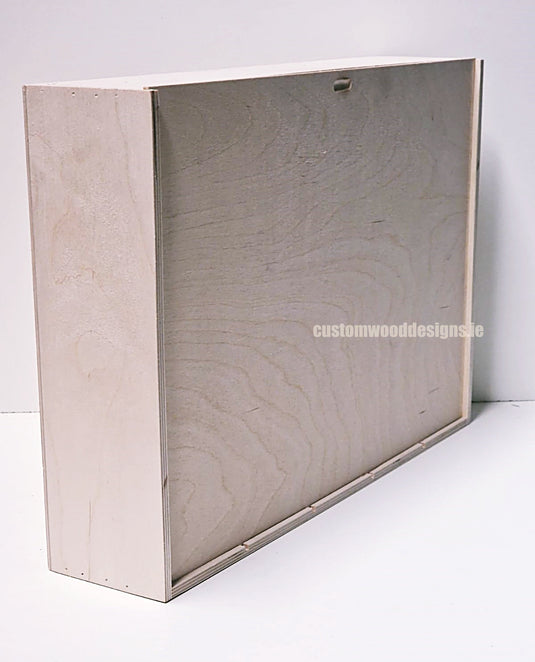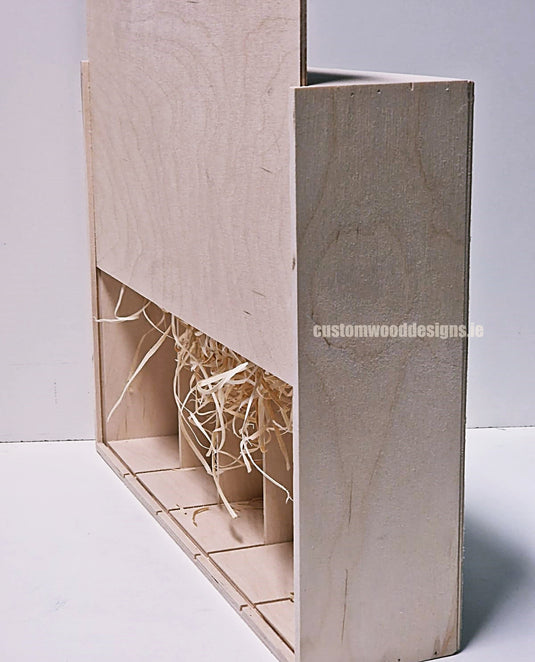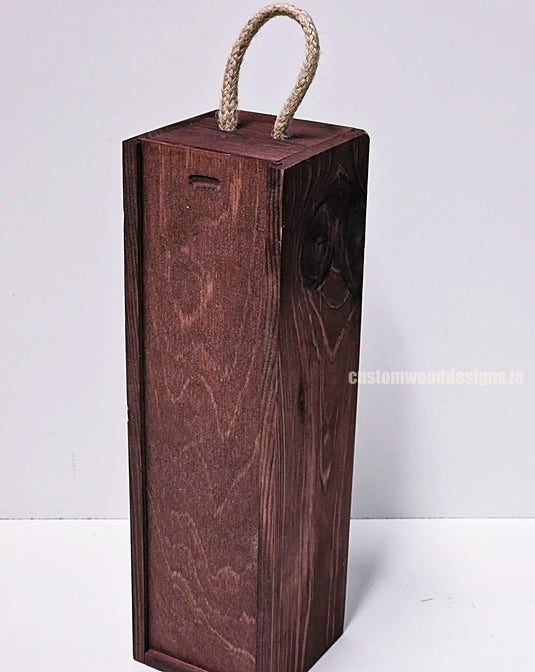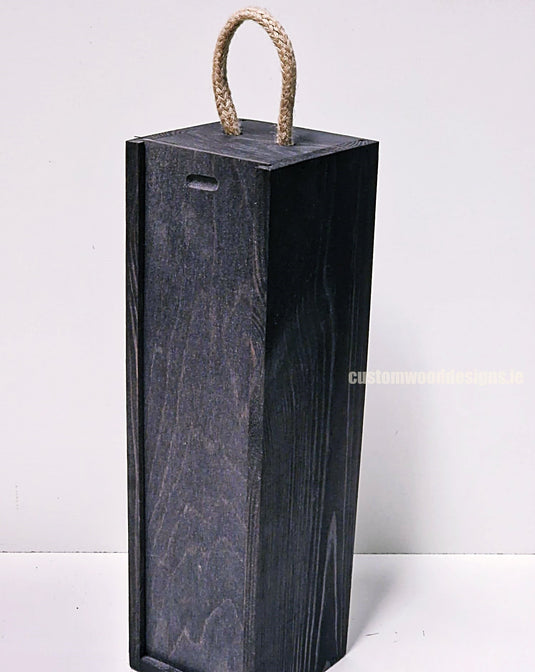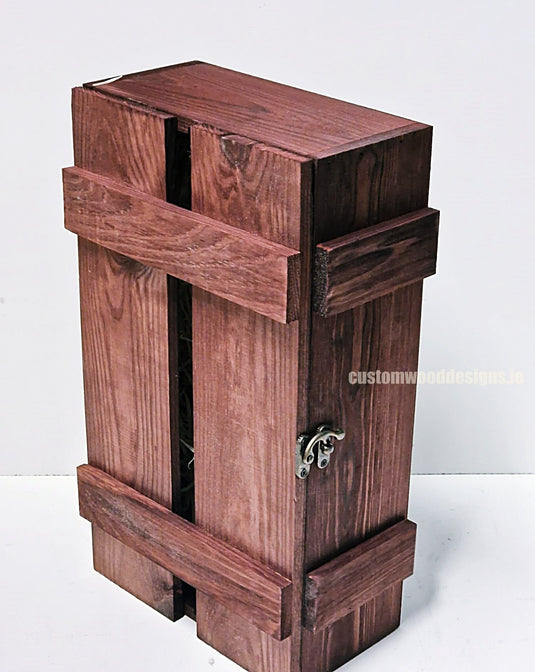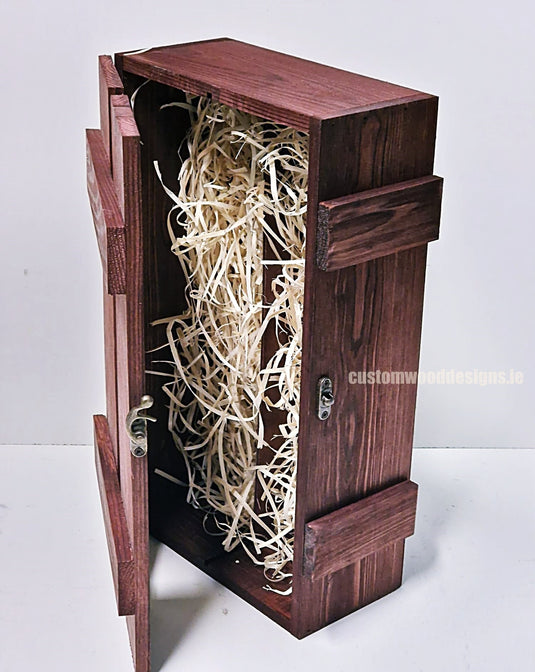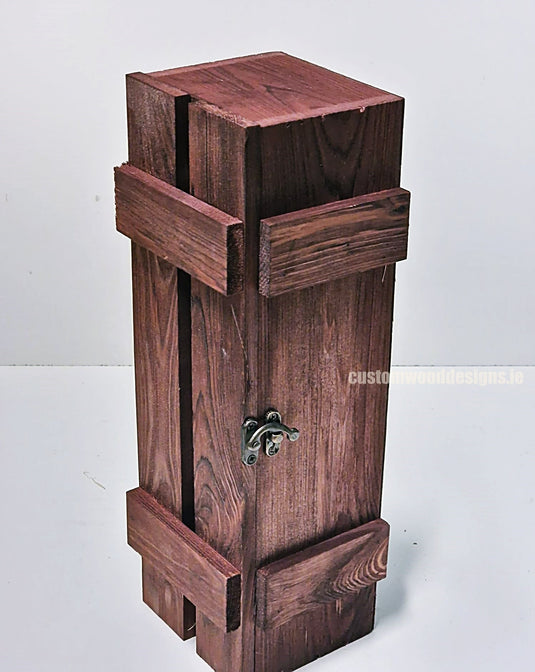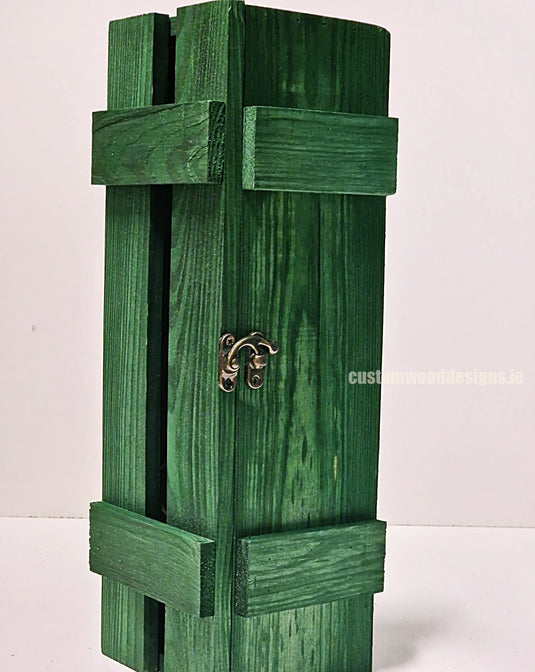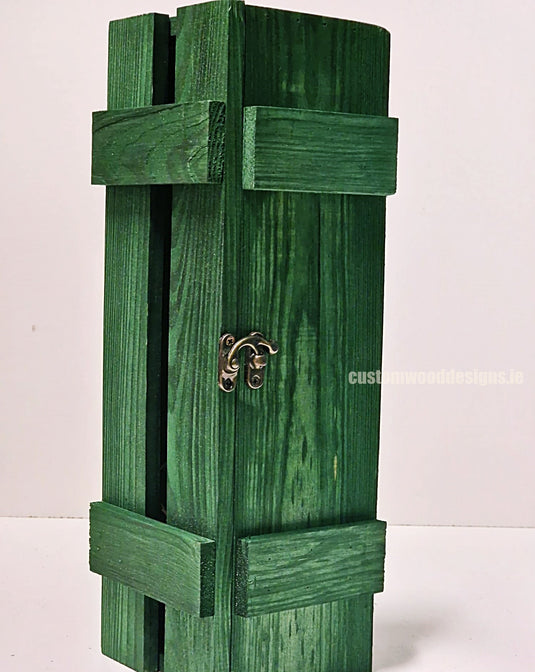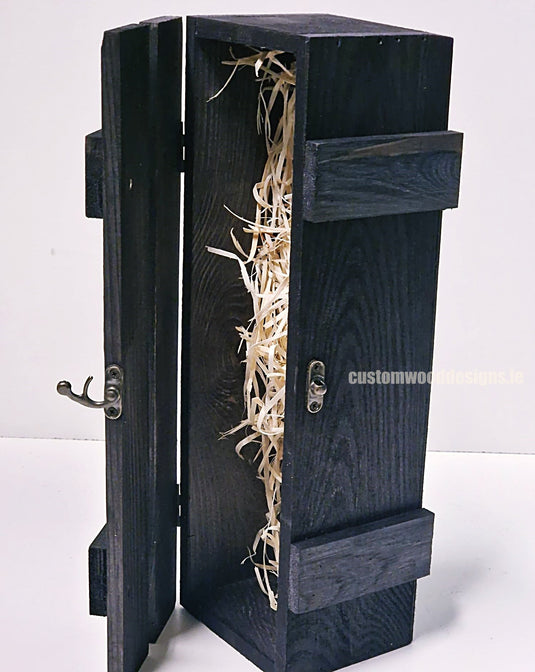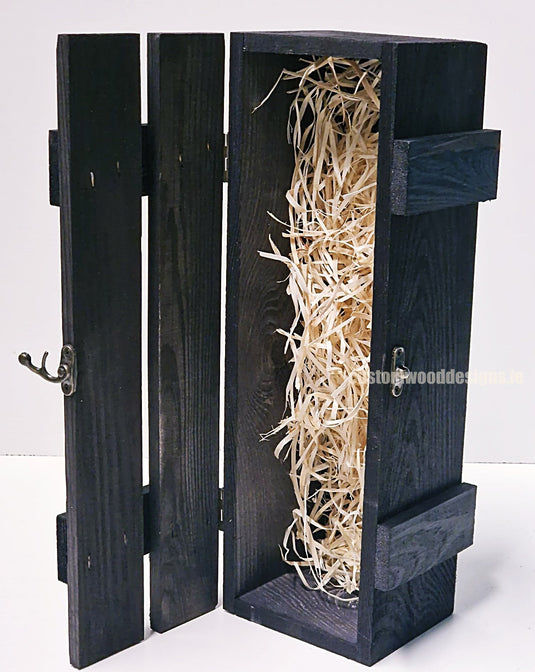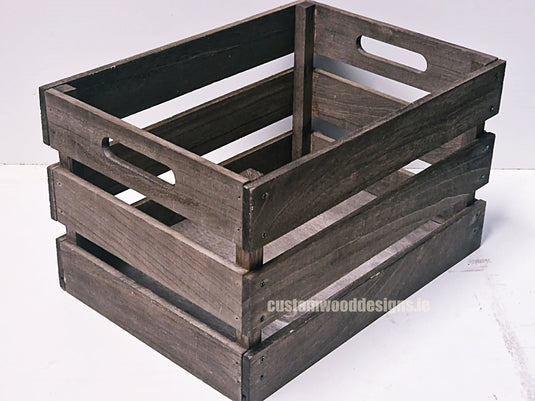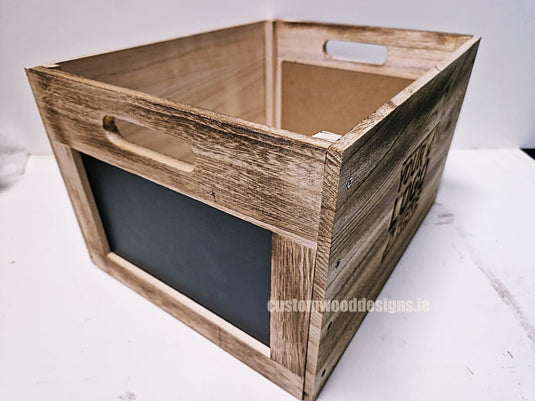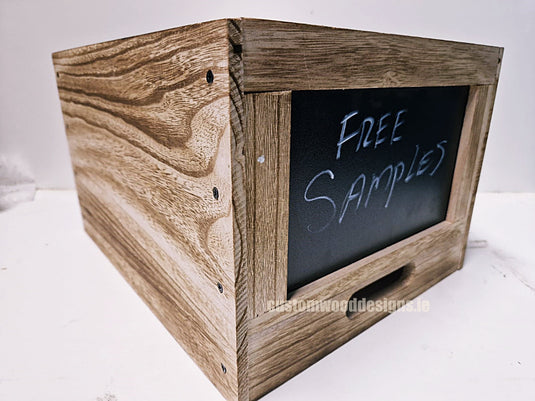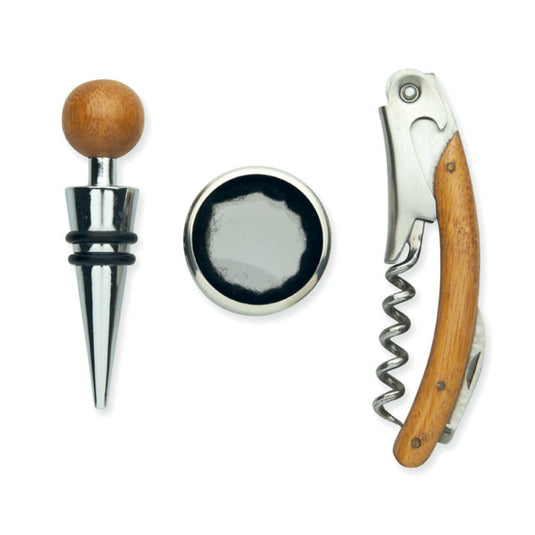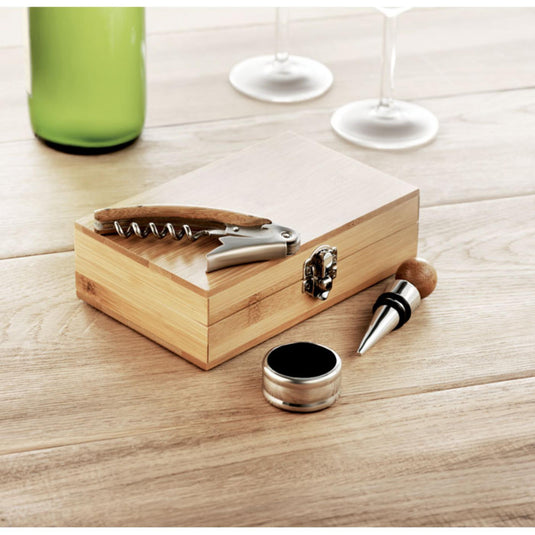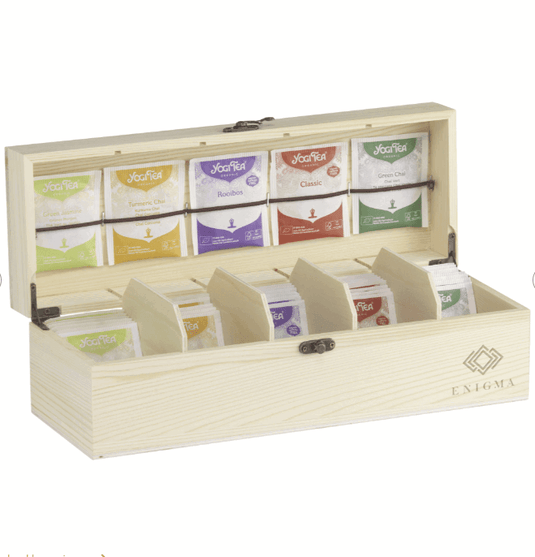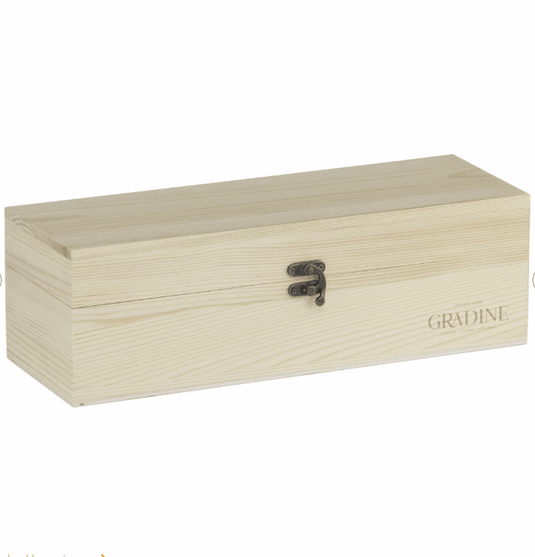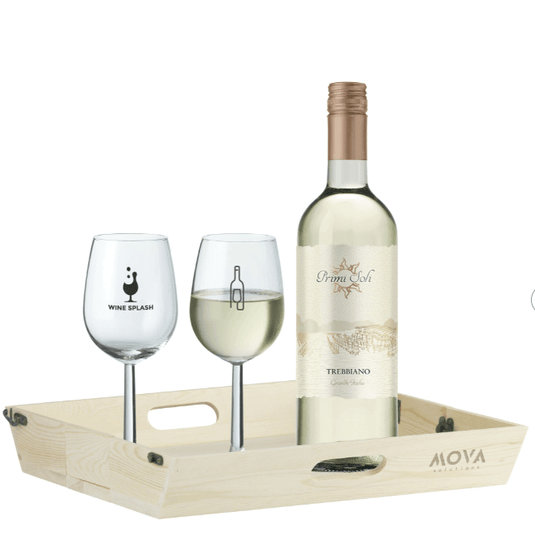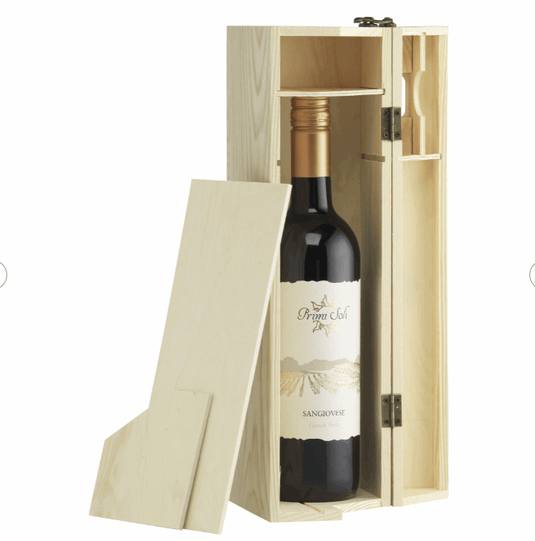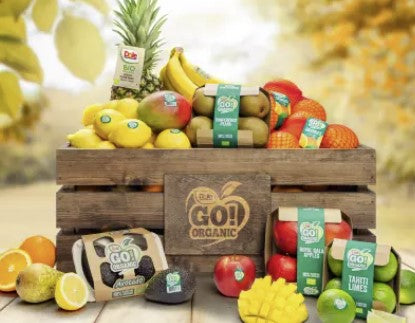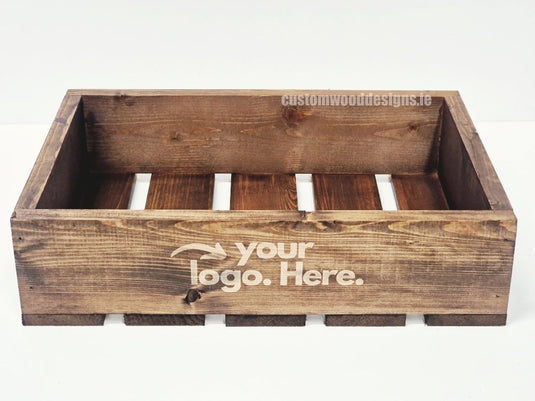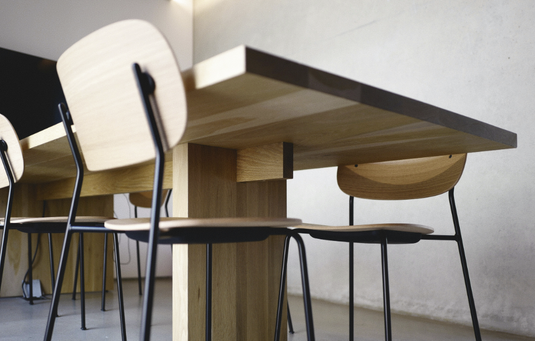
Top Essential Tips for Wooden Chopping Board Care
Top Essential Tips for Wooden Chopping Board Care
Essential Tips for Cleaning Wooden Chopping Boards
Wooden chopping boards are a staple in many kitchens, loved for their durability and natural beauty. However, maintaining them requires some specific care to ensure they remain in excellent condition and safe for food preparation. In this guide, we'll delve into essential tips for cleaning, maintaining, and prolonging the life of your wooden chopping boards.
Before jumping into the cleaning process, it's important to understand why wooden chopping boards are favored by many culinary enthusiasts and professionals. Their advantages stretch beyond mere aesthetics and into realms of functionality and health benefits.
Wood is a strong and resilient material that can withstand heavy use. Unlike plastic boards that may degrade quickly, wooden boards can endure years of slicing and dicing without losing their integrity. Additionally, wooden boards add a touch of elegance to any kitchen with their natural grains and colors. The unique patterns of the wood bring a sense of warmth and natural beauty that enhances kitchen decor.
Wooden surfaces are kinder to your knives compared to plastic or glass boards. This is because wood has a certain give that prevents excessive dulling of the blade. They help maintain the sharpness of your blades, prolonging their lifespan. As a result, you'll find yourself sharpening your knives less frequently, thereby extending the life of your culinary tools.
Some types of wood, such as maple and bamboo, naturally fight against bacteria. The wood fibers possess antimicrobial properties that make them a safer option for food preparation. This natural defense mechanism helps in reducing the risk of cross-contamination, making wooden boards an excellent choice for a hygienic kitchen environment.
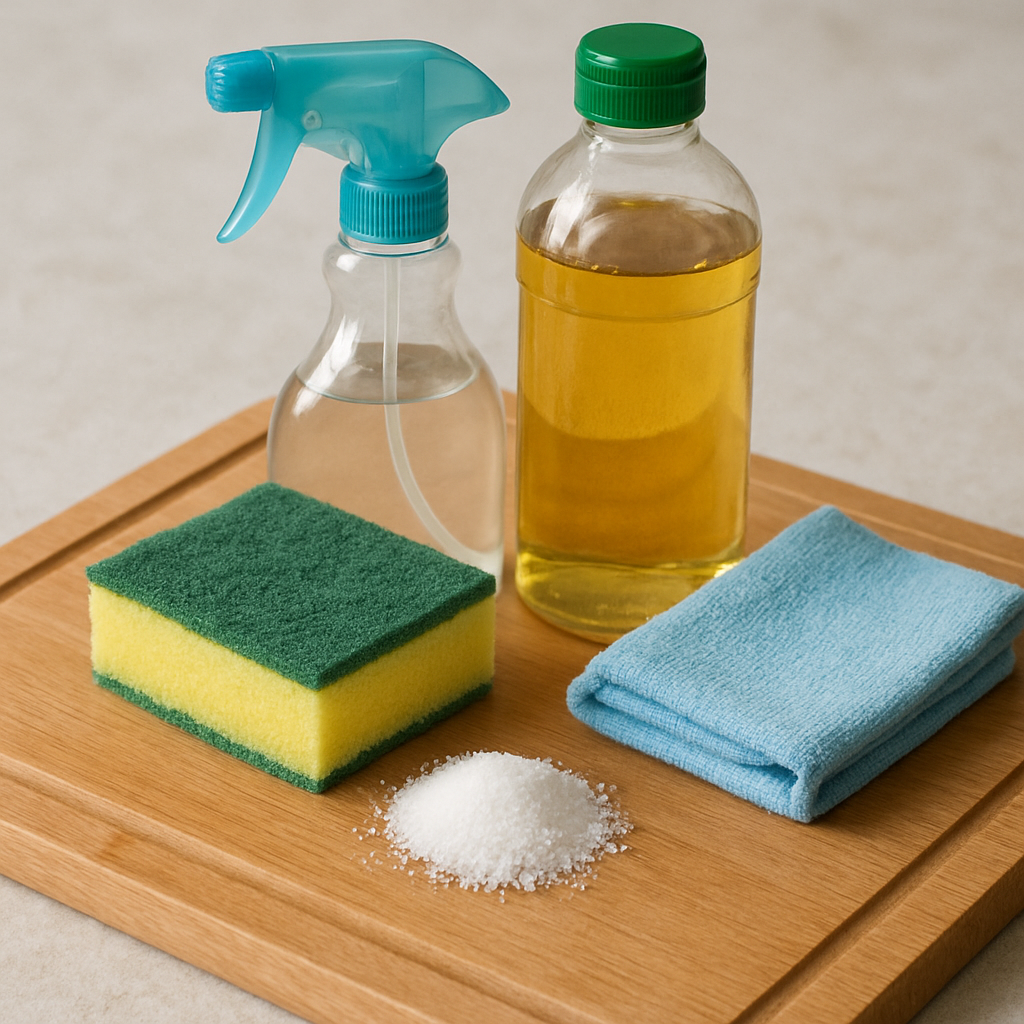
Step 1: Immediate Rinse
After using your chopping board, it's important to rinse it immediately under warm water. This helps remove food particles and prevents staining. By removing these residues quickly, you avoid the absorption of stains and odors into the wood, preserving its appearance and scent.
Step 2: Use Mild Soap
Apply a small amount of mild dish soap to a sponge or cloth and gently scrub the surface. Avoid using harsh detergents or bleach, as they can damage the wood. Harsh chemicals can strip the wood of its natural oils, leading to drying and cracking over time. Therefore, a gentle cleanser is key to maintaining the board's integrity.
Step 3: Rinse Thoroughly
Rinse the board thoroughly to remove any soap residue. Soap left on the board can seep into the wood, affecting the taste of food prepared on it. A thorough rinse ensures that your board is free from any cleaning agents, making it ready for its next use without any unpleasant taste transfer.
Step 4: Dry Immediately
Dry your board immediately with a clean towel. Leaving it to air dry can lead to warping or cracking. Ensure it's completely dry before storing it. This step is crucial in preventing water absorption, which can weaken the wood fibers and lead to structural damage over time.
Deep Cleaning and Maintenance

Monthly Deep Clean
For a deeper clean, sprinkle coarse salt or baking soda over the board and scrub with a halved lemon. This not only cleans but also deodorizes your board. The acidic properties of lemon combined with the abrasive nature of salt or baking soda work together to lift stubborn stains and neutralize odors, leaving your board refreshed. Rinse thoroughly and dry immediately to prevent moisture damage.
Remove Stains and Odors
For stubborn stains or odors, apply a paste of baking soda and water. Let it sit for a few minutes before scrubbing and rinsing it off. This paste acts as a gentle abrasive that can penetrate the wood's surface to lift out embedded stains, while also neutralizing persistent odors that could affect your food's flavor.
Oil Your Board
To maintain the wood's moisture and prevent it from drying out, oil your chopping board every few weeks. Use food-grade mineral oil or a specialized cutting board oil. These oils penetrate the wood, replenishing its natural oils and preventing it from drying out. Apply a generous amount, let it soak in overnight, and wipe off any excess with a clean cloth to ensure the board remains well-conditioned and durable.
Avoiding Common Mistakes
Avoid soaking your board in water or putting it in the dishwasher, as these can cause the wood to warp and crack. Water exposure can lead to swelling and eventual splitting of the wood fibers. Also, refrain from using vegetable oils like olive or canola oil for seasoning, as they can turn rancid. Rancid oils can impart unpleasant flavors and odors to your food, so sticking to mineral oil is the safest bet.
Proper storage is just as important as cleaning and maintenance. Always store your board in a dry, well-ventilated area. Moisture trapped in an enclosed space can lead to mold growth and wood deterioration. If possible, store it vertically to allow air circulation on all sides. This positioning helps in preventing moisture buildup and ensures that the board dries evenly, reducing the risk of warping.
When to Replace Your Wooden Chopping Board
Despite your best efforts, there will come a time when your chopping board needs to be replaced. Here are signs it might be time for a new one:
- Deep grooves or cuts that harbor bacteria These grooves can trap food particles and bacteria, posing a health risk during food preparation.
- Persistent odors or stains that cannot be removed Lingering smells or discolorations can affect the taste and appearance of your food.
- Warping or cracking of the wood Structural damage can compromise the board's functionality and safety.
Choosing the Right Wooden Chopping Board
Chopping Boards Collection Custom Wood Designs Ireland
If you're in the market for a new board, consider the following factors to ensure you select a board that meets your needs and preferences.
Wood Type
Opt for hardwoods like maple, walnut, or cherry. These woods are durable and have the right density for cutting boards. They offer a balance between hardness and gentleness on your knives, making them ideal for everyday kitchen use.
Size and Thickness
Choose a board that's large enough to accommodate your usual chopping needs and thick enough to resist warping. A board that is too thin may not withstand the pressure of chopping and could warp over time. Consider your countertop space and storage options when selecting the size.
Finish
Ensure the board has a food-safe finish, which will protect it and make cleaning easier. A well-finished board will resist stains and moisture better, ensuring it remains hygienic and easy to maintain.
Conclusion
Taking proper care of your wooden chopping board ensures it will last for many years while remaining a safe and beautiful tool in your kitchen. Regular cleaning, occasional deep cleaning, and proper maintenance are key to preserving the natural beauty and functionality of your board. By following these essential tips, you can enjoy the benefits of a wooden chopping board and keep your kitchen a hygienic and efficient space. With the right care, your wooden chopping board can be a lasting and cherished part of your culinary journey.
Add your Logo
Contact Us
Please fill out the form below and we’ll get back to you within 24 hours.




